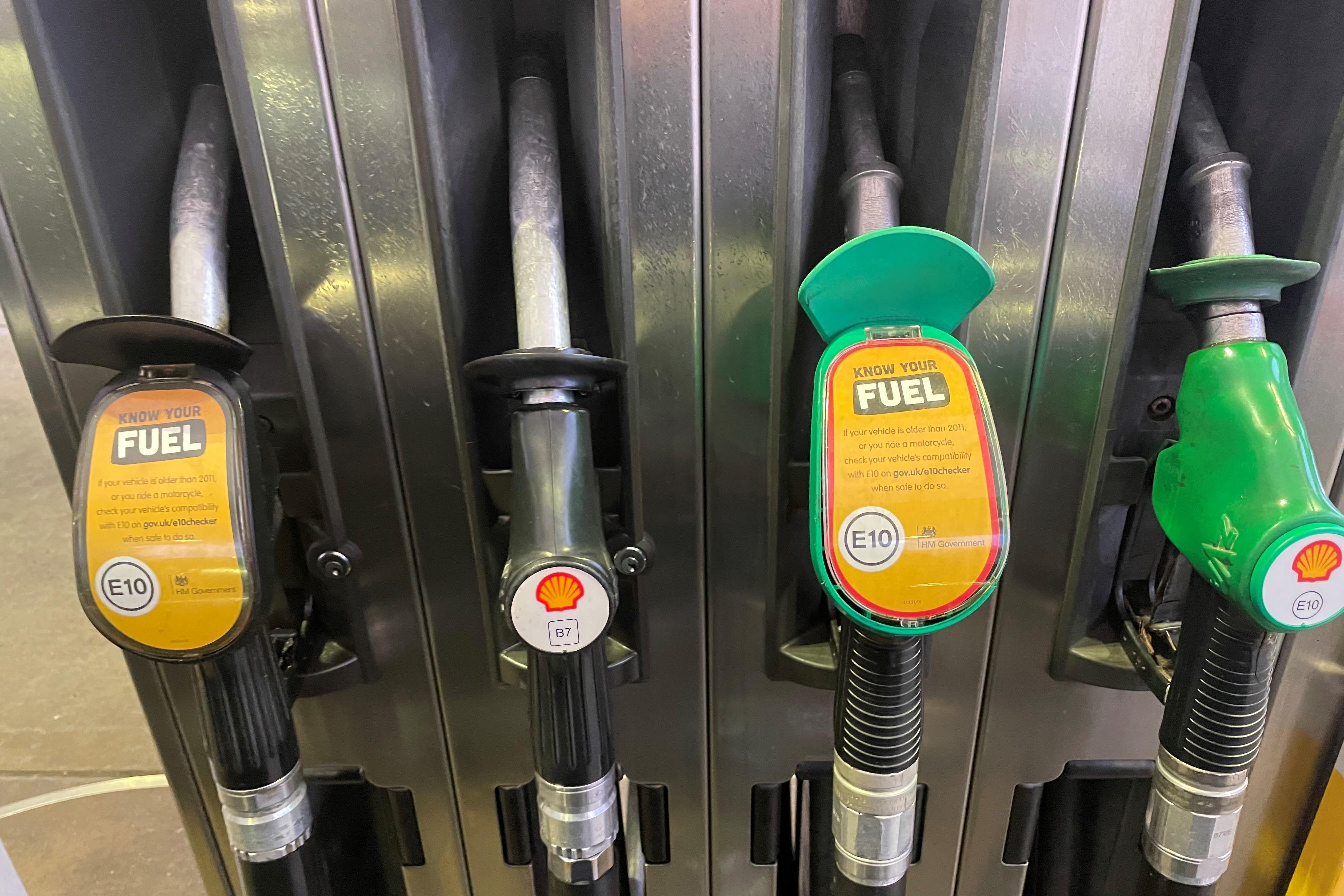Drop in sterling adds 7p per litre to fuel bills
The Competition and Markets Authority published a review into high pump prices.

Your support helps us to tell the story
From reproductive rights to climate change to Big Tech, The Independent is on the ground when the story is developing. Whether it's investigating the financials of Elon Musk's pro-Trump PAC or producing our latest documentary, 'The A Word', which shines a light on the American women fighting for reproductive rights, we know how important it is to parse out the facts from the messaging.
At such a critical moment in US history, we need reporters on the ground. Your donation allows us to keep sending journalists to speak to both sides of the story.
The Independent is trusted by Americans across the entire political spectrum. And unlike many other quality news outlets, we choose not to lock Americans out of our reporting and analysis with paywalls. We believe quality journalism should be available to everyone, paid for by those who can afford it.
Your support makes all the difference.Sterling’s fall in value has added 7p per litre to drivers’ fuel bills over the past year, according to Government-commissioned analysis.
A review by regulator the Competition and Markets Authority (CMA) found that the “principal drivers” of high fuel costs are rising oil prices and increased profit margins at oil refineries.
The report, published this week, stated that the growing cost of oil – which is generally priced in US dollars – accounted for around a 20p per litre hike in UK fuel prices in the past 12 months.
There seems little prospect of another duty cut anytime soon
The drop in the value of the pound compared with the dollar over the same period added a further 7p per litre to fuel bills.
That was more than the 5p per litre cut in duty implemented by the Treasury in March amid record prices.
The CMA found that the reduction was generally passed on by retailers.
Latest Government figures show the average price of a litre of petrol at UK forecourts is around £1.62, while diesel is about £1.81 per litre.
A year ago the prices were £1.37 for petrol and £1.41 for diesel.
Sterling plunged to historic lows against the dollar in the wake of then-chancellor Kwasi Kwarteng’s mini budget on September 23.
It has since recovered, but remains around 18% weaker than a year ago.
Steve Gooding, director of motoring research charity the RAC Foundation, said: “The CMA believes the 5p cut in duty seen earlier this year was passed on to drivers, but was more that swallowed up by a big drop in the value of the pound – scant comfort to drivers who had to contend with spiralling forecourt prices.
“While fuel prices have mostly fallen back in recent weeks, rising crude oil prices, an increased refining margin, cutbacks in oil production by Opec (Organisation of the Petroleum Exporting Countries) and yet more turbulence on the currency markets suggest storm clouds on the financial horizon, most acutely for diesel drivers already facing a 20p per litre price premium over petrol.
“Given all the other pressures the Treasury has to contend with there seems little prospect of another duty cut anytime soon.
“If one does come it would need to be significant in size to make any meaningful impact on pump prices.”
The CMA also found that the growing gap between the price of crude oil entering refineries and the wholesale price of petrol and diesel leaving them accounted for a 24p per litre jump in pump prices in the past year.


